Cuvée 700:
the spirit of independence and innovation captured in a bottle
Until 1999, in keeping with the pure tradition of Champagne houses, Jacquesson produced a non-vintage Brut. In 2000, under the impetus of the Chiquet brothers, everything changed:
“Why aim for average when
you can achieve excellence?”
The estate then proclaimed its independence in the Manifesto of 700, in order to produce the best possible blend each year. Plots, grape varieties, terroir, the heart and soul of the men and women: all the essential components of the estate brought together in a cuvée, and in the spirit of a vintage. A vintage that largely dominates the blend, without denying the tradition and contribution of reserve wines. A Champagne that is different every year, sublimated every year.
Neither quite the same,
nor quite like another.
With a single objective:
to enchant the palate.
A veritable revolution.
The pursuit of excellence rather than consistency,
Respect for the character of the vintage rather than its denial,
To put forth a Grand Vin rather than the conservation of a style.
Why did this series of wines
begin with the number 728?
The cellar book used at the time recorded the number of bottlings registered by customs since the company’s centenary (1898). As this book ended with the 728th bottling, it was decided to name this new cuvée, based on the 2000 vintage, “728.”
Made exclusively from the cuvée (the first pressings), the “700” is also vinified and aged in large oak casks before bottling. It is a Grand Vin de Champagne with remarkable aging potential, which also likes to play with time to broaden the range of emotions it evokes.
Each harvest has the chance to live two lives, with two different maturations:
The Cuvée 700, aged for over 4 years.
The Cuvée 700 Late Disgorgement, aged on slats under cork for 5 more years.
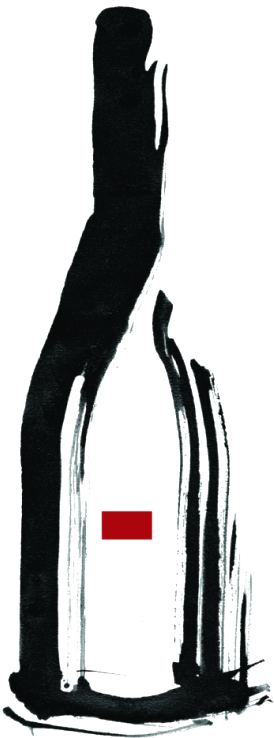
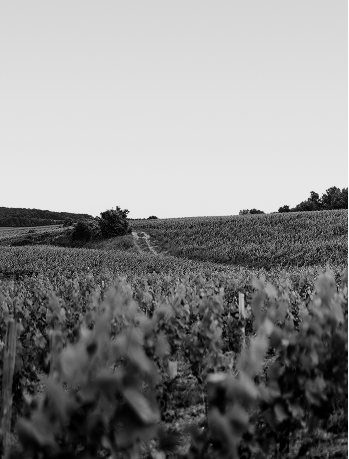
Être et émouvoir
La liberté
a un sens
Pour celui qui ose
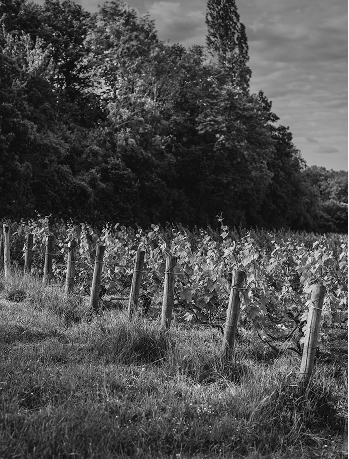
Être différent
Voir l’autre côté
des choses
{ Article 1 : « Pragmatism is compulsory, compromise forbidden. » }
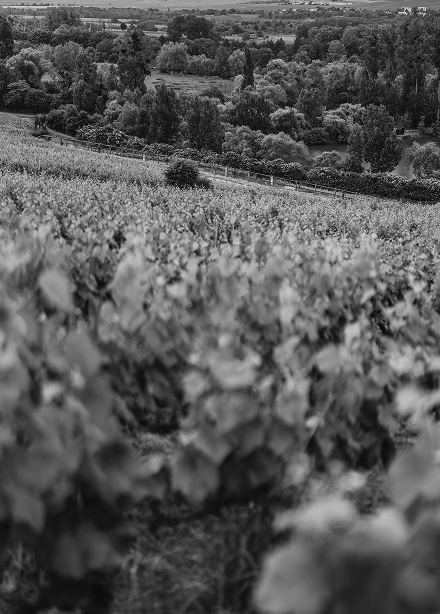
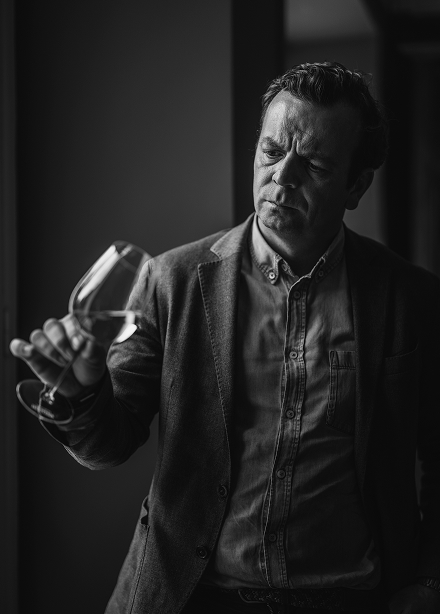
{ Article 2 : « Achieve everything that is possible. » }
La nature est un message,
Portée par la lumière,
Comme un rite de
passage.
À l’aube du soir,
Entre l’ocre et la craie,
Se tisse l’espoir,
D’une magie
à
créer…
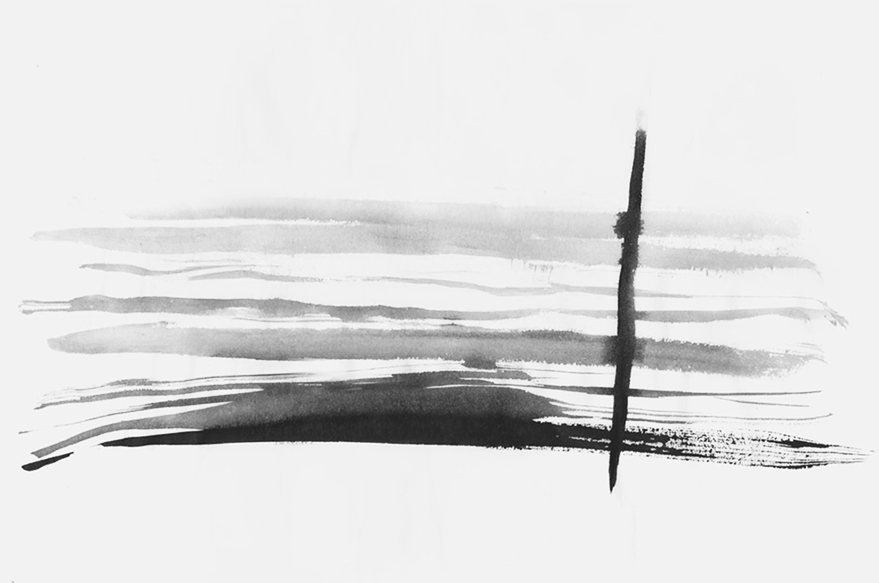
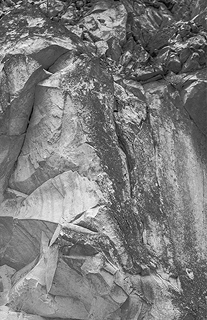
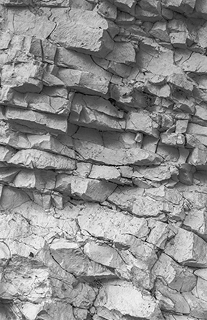
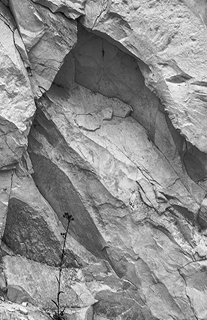
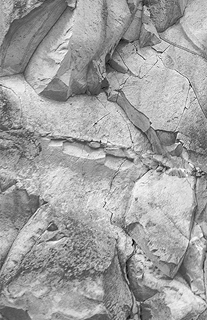
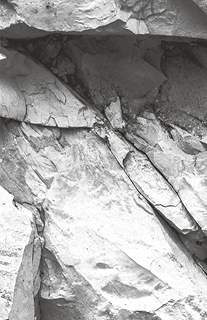
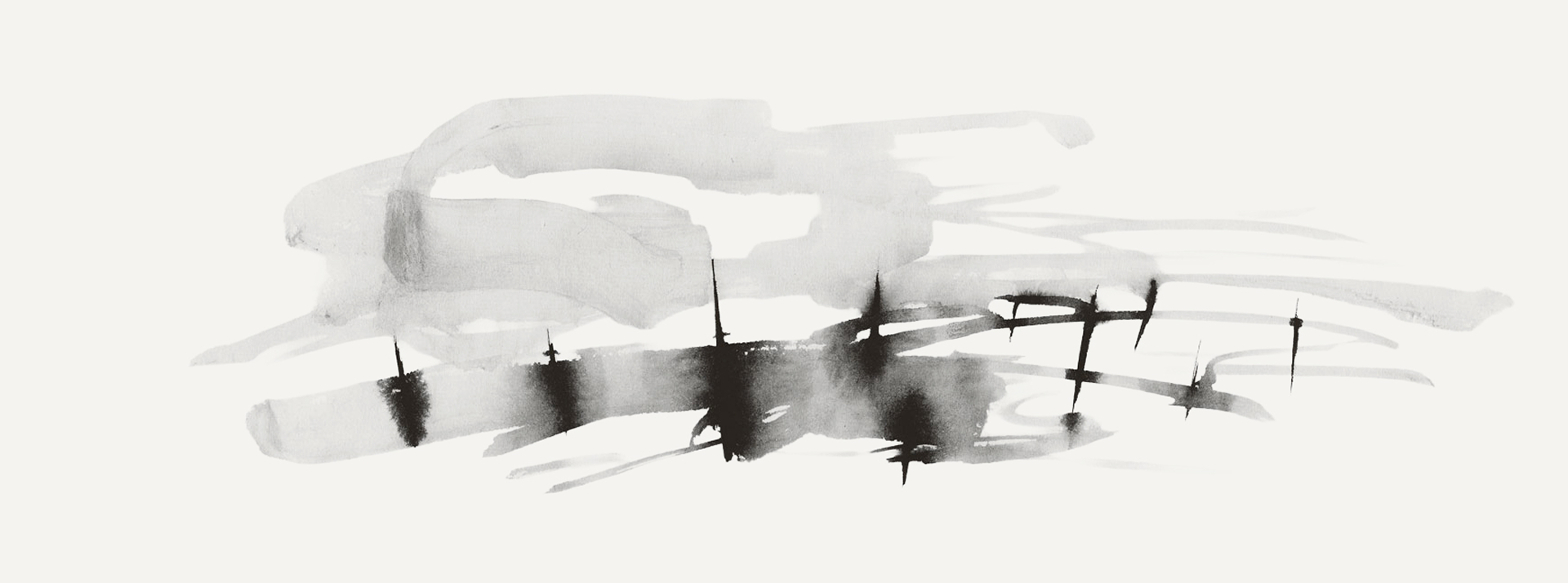
Après leur chevauchée nocturne,
les rangs mirent
pied
à
terre,
alignés
au
garde-à-vous
Un matin frileux
Le ciel qui s’évapore
La terre vire au bleu.
Un manteau de brume,
Le fantôme de la lune
L’hiver fait la une.
{ Article 3 : « Coherence in everything is essential; we do what we say and we say what we do. » }
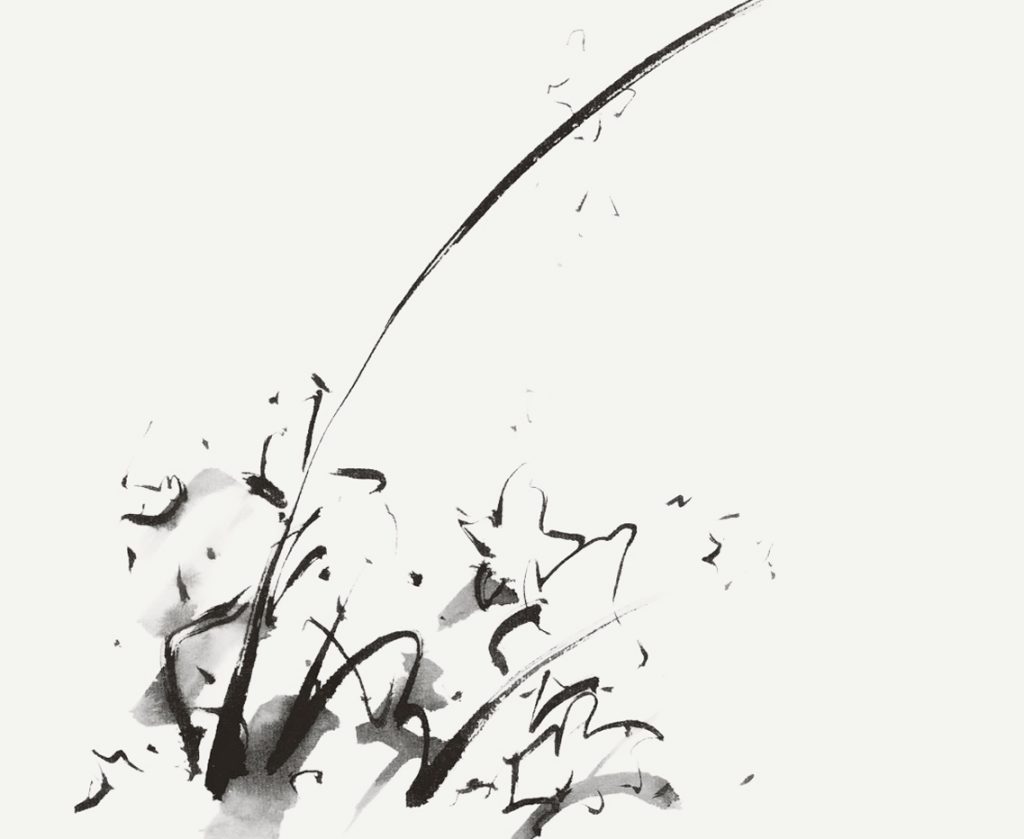
La rosée de l’aube
Les feuillent qui s’étirent
Soudain,
le matin.
L’hiver se regarda dans la glace
et fondit
de bonheur
Quand le soleil se fait manteau,
Réchauffant le coteau
La matière se fait terreau,
Force de l’air
et sagesse de l’eau,
{ Article 4 : « We have never disassociated our work in the vineyards from our vinification. This is really in our DNA. » }
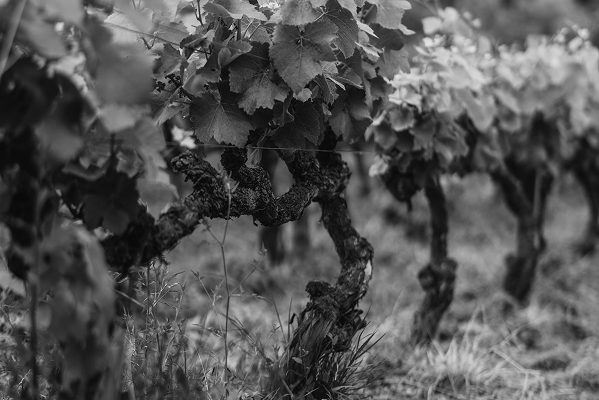
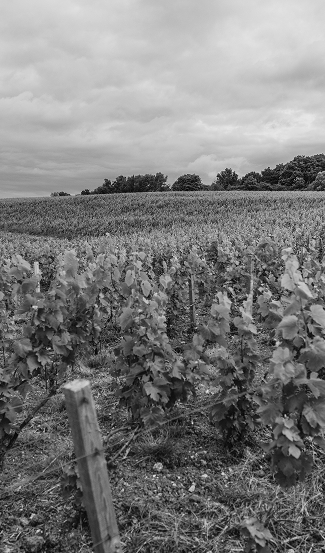
L’orage
gronda
d’un coup
et l’arc en ciel
se mit à rougir.
Un ciel trop bleu manque d’expérience.
{ Article 5: « The grower must be guided by his inspiration, taste and passion. If the terroir is good, if the man is good, then so, too, will the wine be good. » }
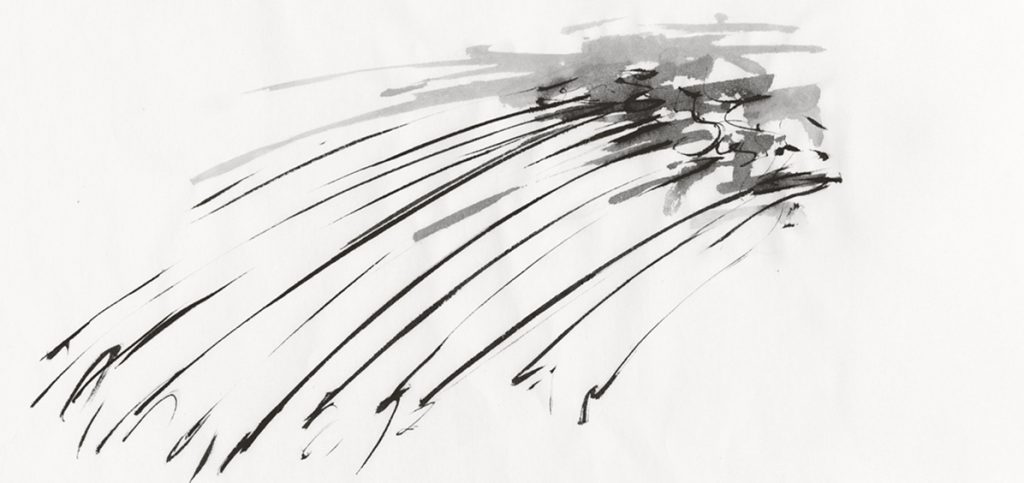
Le ciel hurlait,
La terre tremblait,
La vigne poussait.
Les coteaux se mettent
à couvert
La folie
l’emporta, le raisin l’enferma.
{ Article 6: « In order to do honour to Champagne, we must make great wines from great terroirs. » }
La vigne hardiment
Prend la terre pour maîtresse
Et le ciel pour amant.
La sève s’immisce et ranime,
Et des racines aux astres chemine,
Du cœur des ceps à l’âme
des grains,
Du soir
tombant
au devenir d’un matin.
Temps frais,
sol de craie,
L’esprit profond qui transmet
au raisin.
Son âme
{ Article 7 : « Ploughing, growing grass between the vines, short pruning, natural treatments. Working the soil in this way allows us to discover the diversity of our parcels of land and to maximise the influence of the minerals in the soil on the fruit. » }
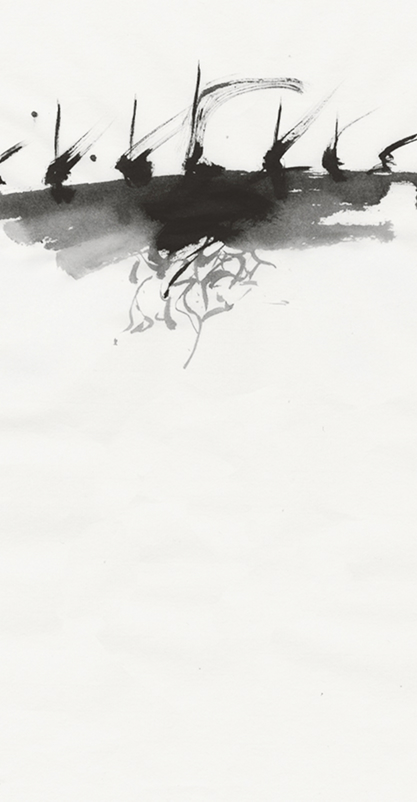
.
.
.
.
Le sel de la terre
000
00
0
Le raisin et la raison
…….. Le temps des saisons.
{ Article 8 : « Man’s work on the terrain brings results which nature cannot do on its own. » }
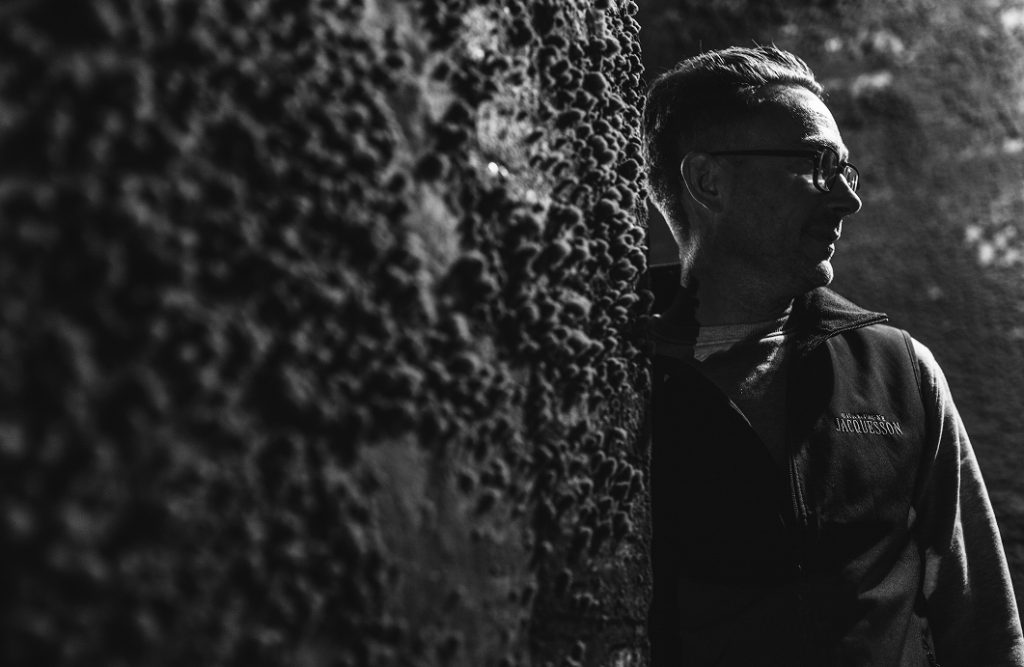
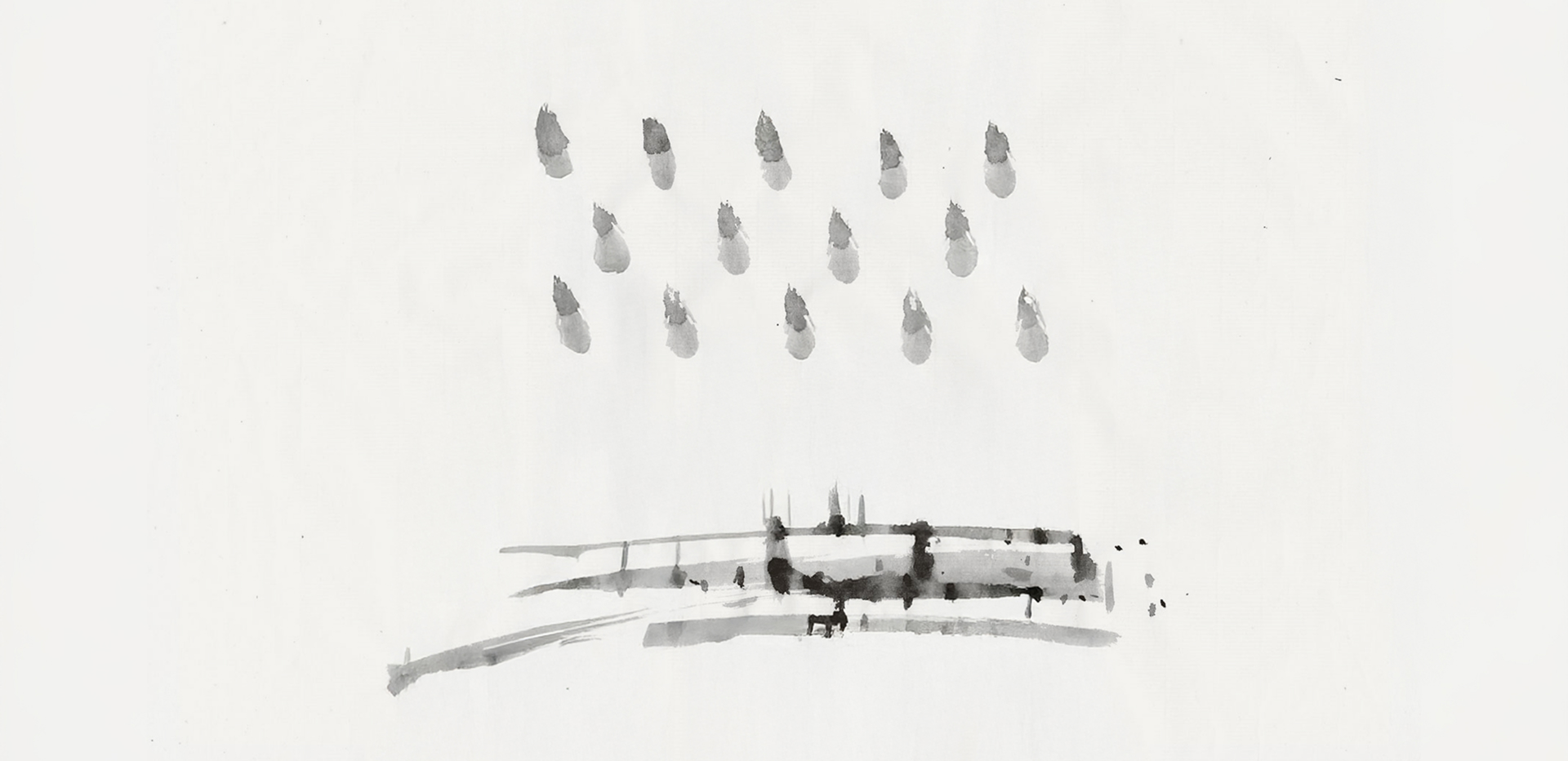
Les beaux raisins noirs
Le premier jus qui s’écoule.
Le vin sera blanc.
{ Article 9: « Harvest is not the most important point in the process. It’s a sacred moment, and should be celebrated as such, it is the prelude to other steps along the way. » }
Le temps était venu,
et dans un doux murmure,
Les vendanges mirent
les raisins au pied du mûr.
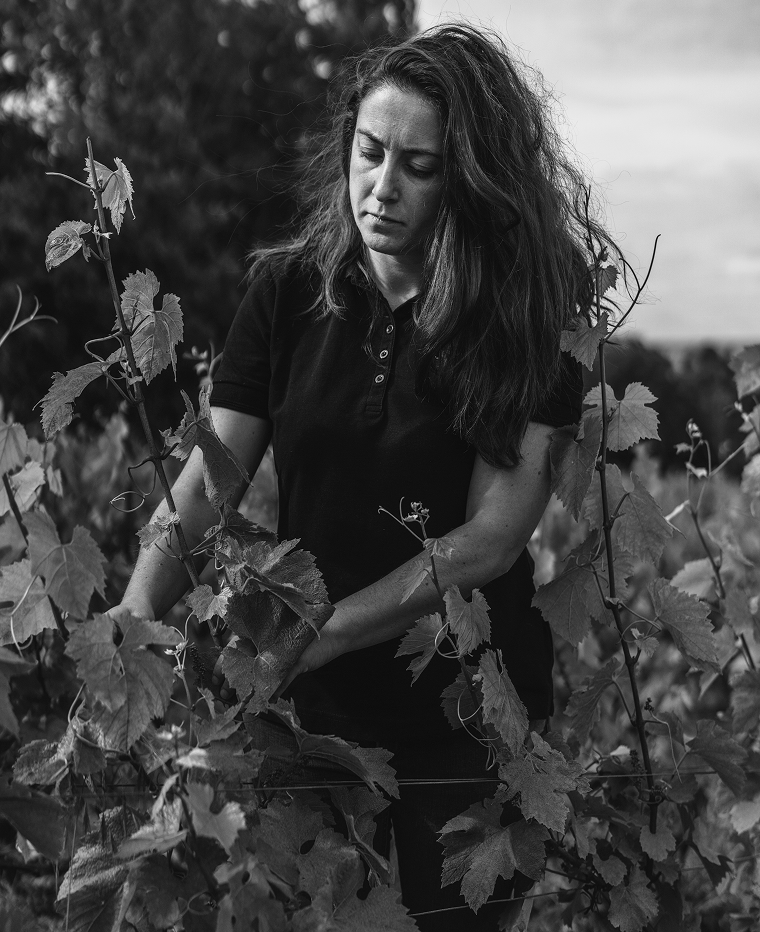
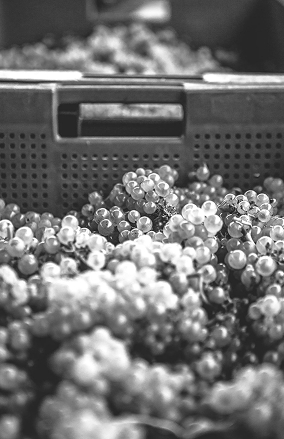
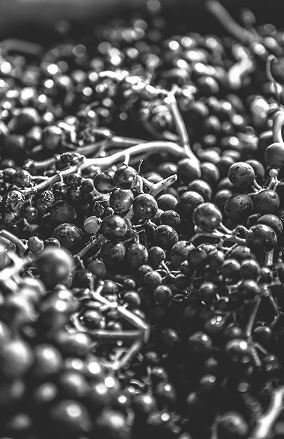
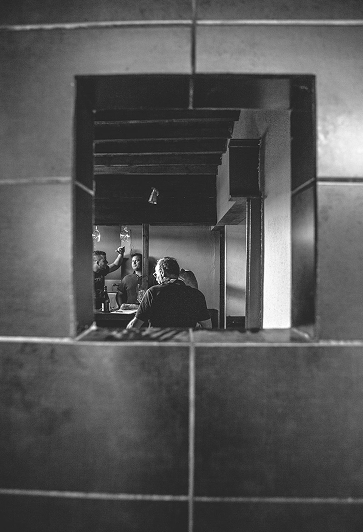
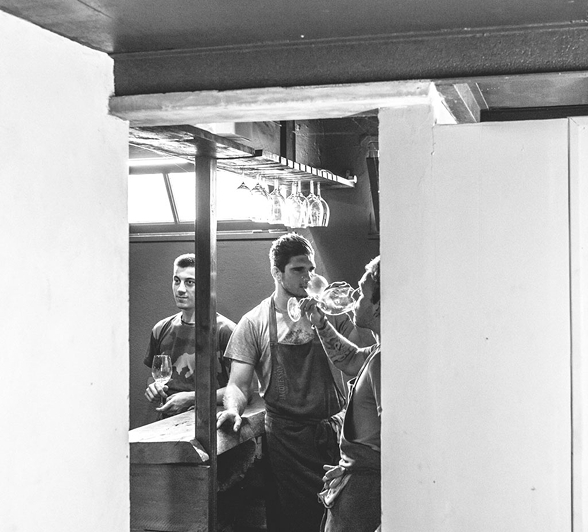
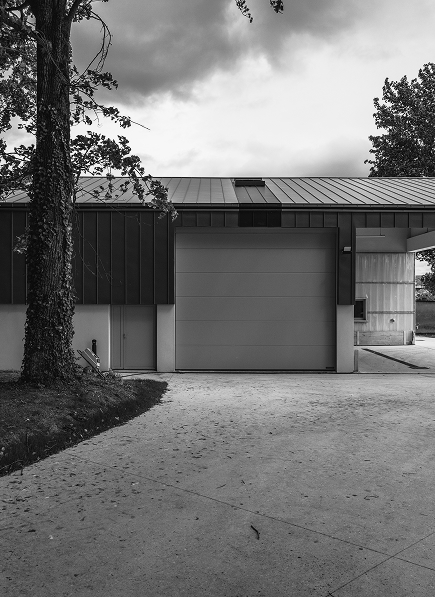
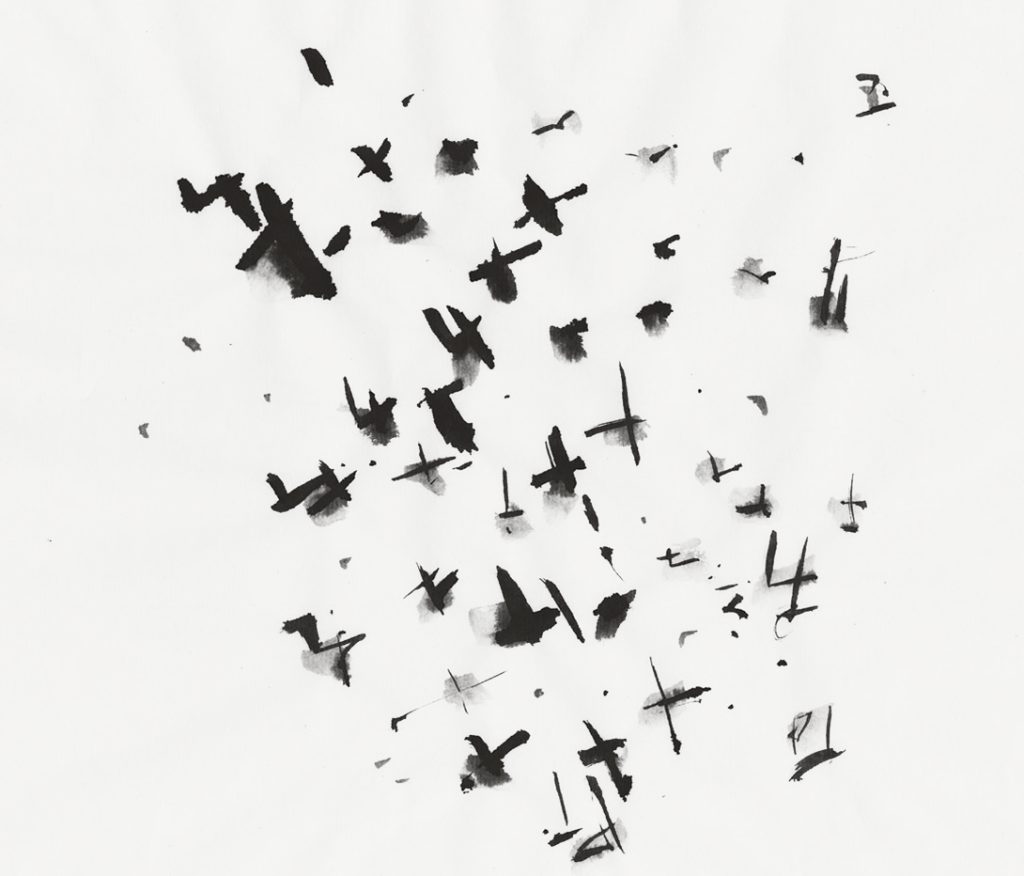
Un chant d’oiseau
Les cliquetis
des ciseaux
Le rire
des raisins.
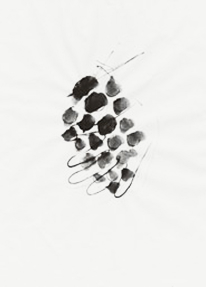
Une grappe mûre
Une main du cep
la libère

Promesse de vie
{ Article 10 « Favour the idea over method, seeking a reasonable yield and a greater level of maturity. » }
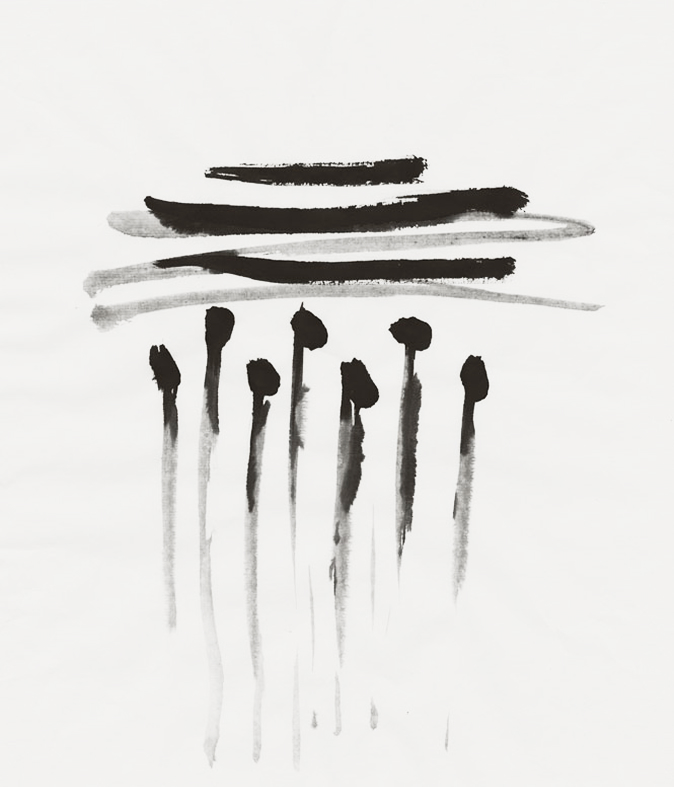
Un pressoir en bois
Les grains
s’écoulent
en
pleurant
D’un destin riant.
{ Article 11 « Presser dès la cueillette et en proximité, avec nos pressoirs champenois traditionnels. Ne garder que les premiers jus, se débarrasser du reste. » }
En Champagne
un soir.
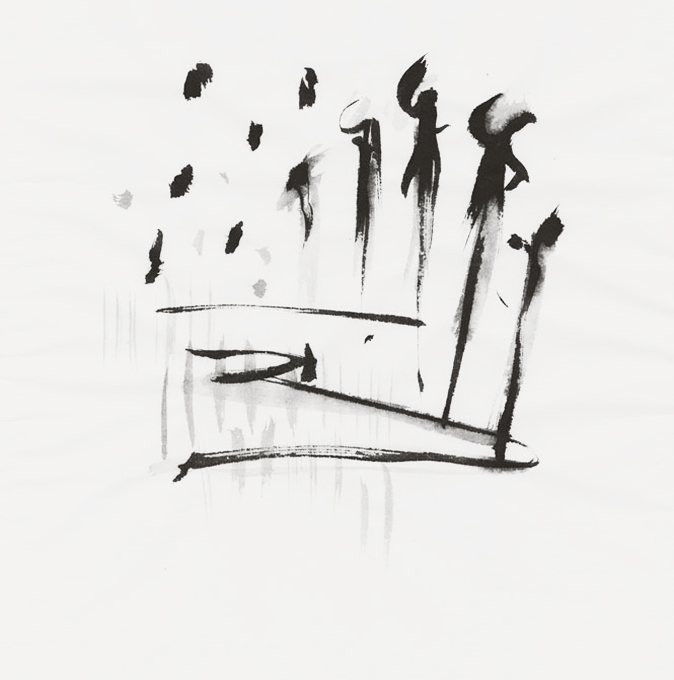
Le temps
de la
presse
Les hommes
qui chantent
et rient
En Champagne, un soir.
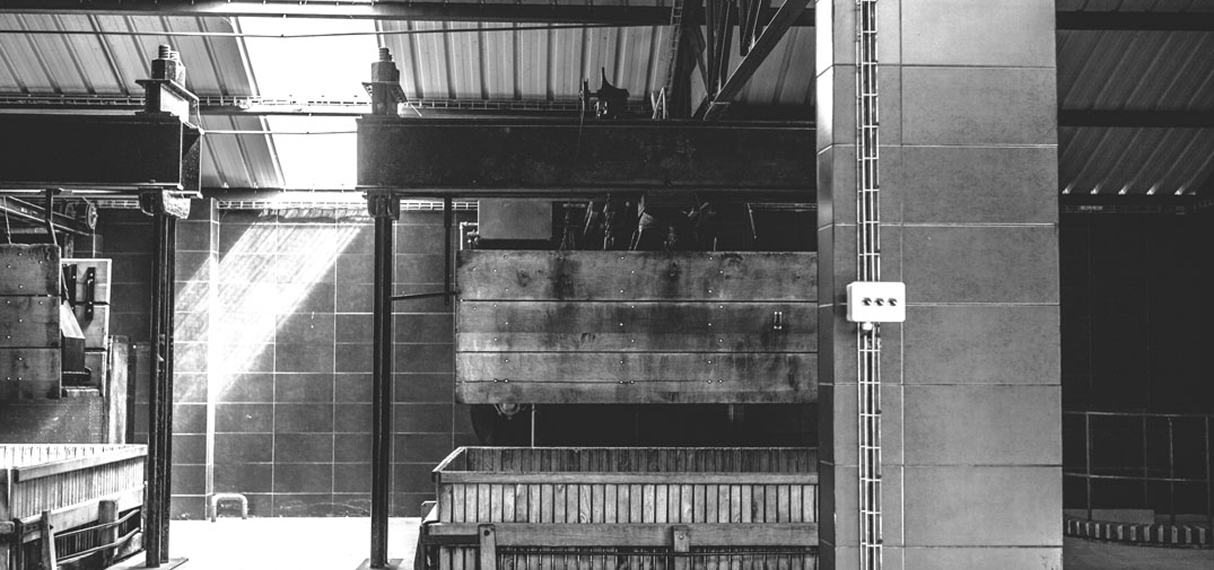
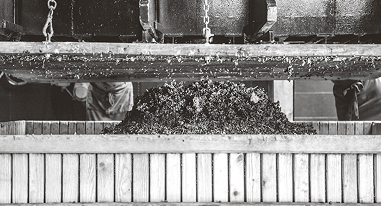
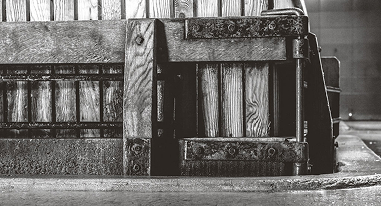
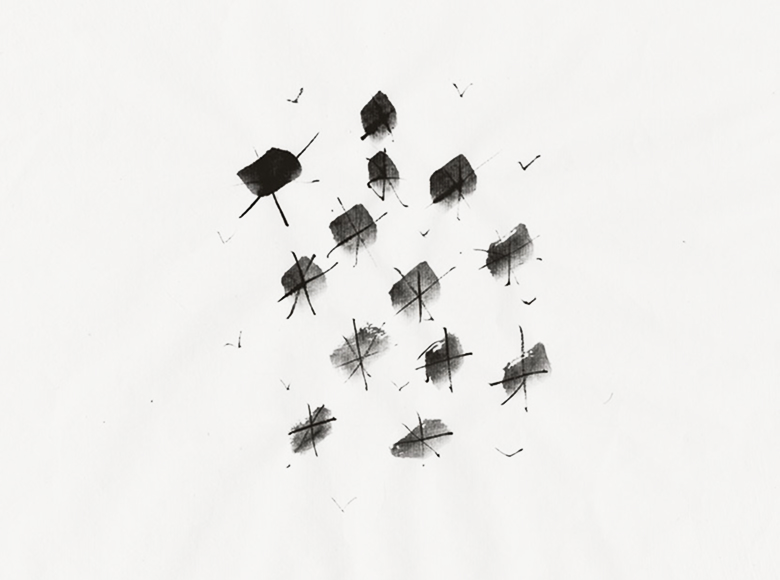
Un grain de folie
Des grains de magie
{ Article 12 « Don’t break with the past, rather adapt it for the present. The same will happen in the future. What we create should be improved on in the future.» }
Le raisin
donne le
vin
L’Homme lui donne
la vie
{ Article 13 « Discover the wine rather than make it. » }
Le fruit de la terre
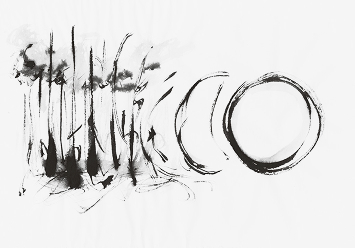
Dans
un morceau
de forêt
Et le mystère se crée.
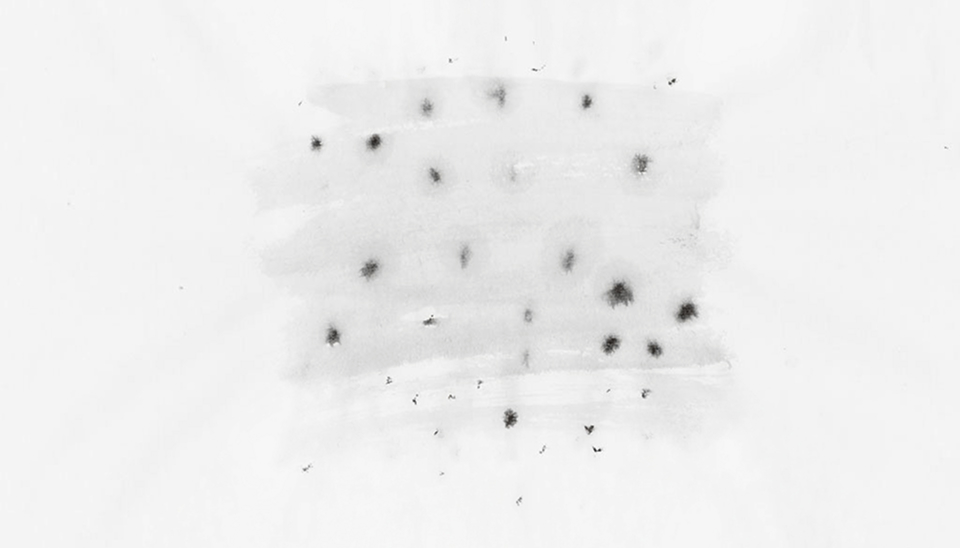
Au cœur de la nuit
La matière s’unit
Dans le pacte
du foudre
{ Article 14 « Preserve the unique substance of the wine. As to fermentation, do the unusual…
by doing nothing at all! Just stir the lees and vinify in oak casks. » }
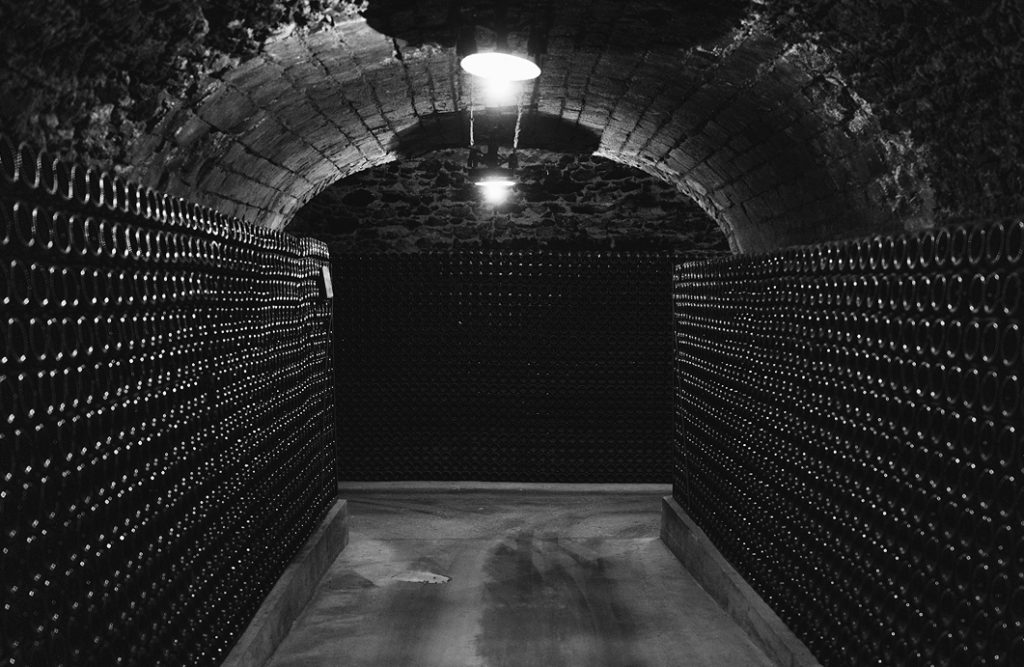
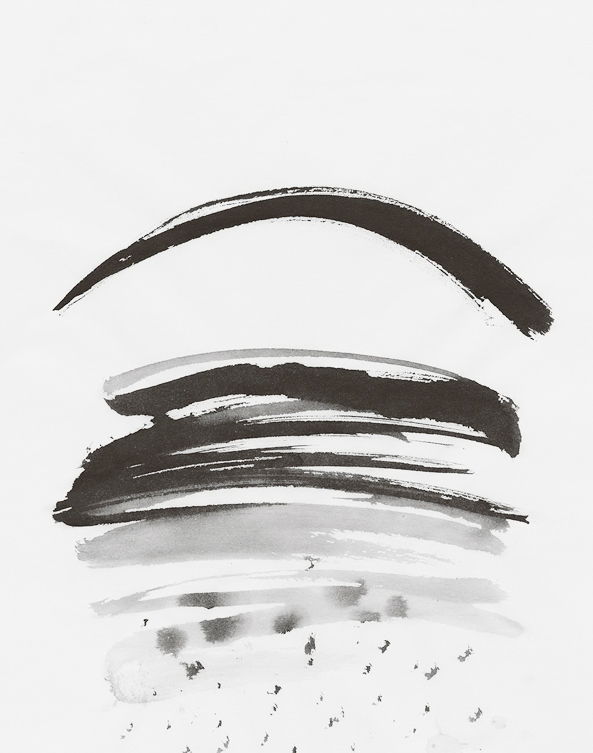
Ni froid,
ni filtre,
ni colle,
Le vin se nourrit de ses lies,
Et la nature l’éclaircit.
Une
cave
sombre
Le silence de la vie
Le temps qui passe …

{ Article 15 : « What we are going to produce is better than what we have in the cellar. » }
La terre est auteur
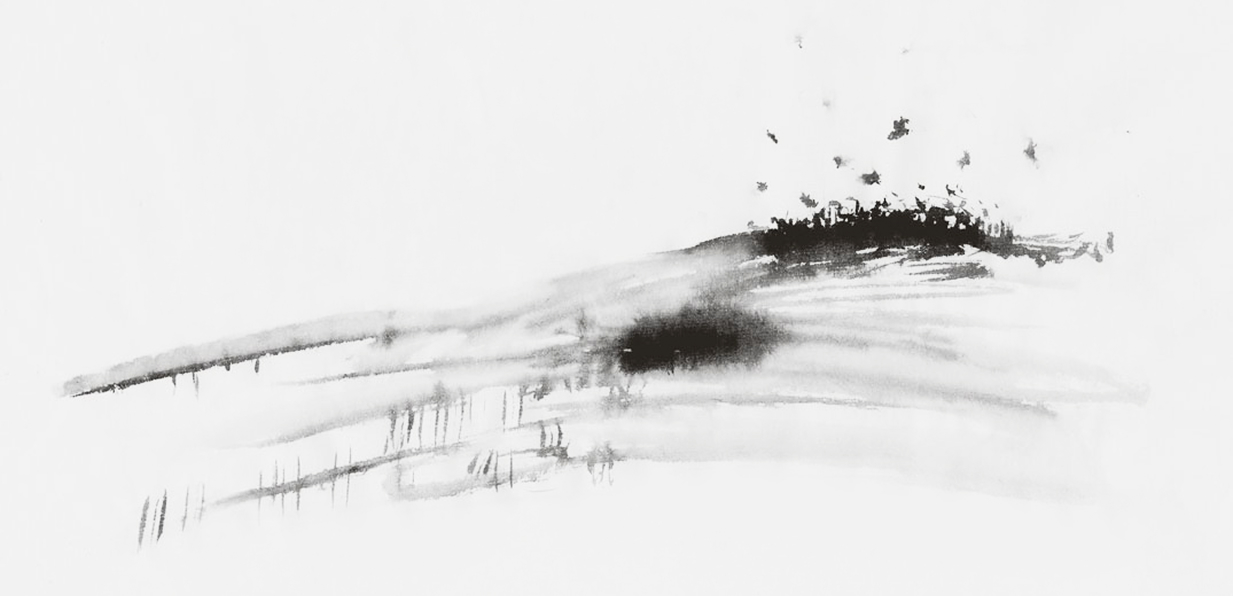
Le temps son inspiration
Le vin son Roman
{ Article 16 « In the end, the result is in the glass, not in the process itself. Wine is first and foremost all about emotion. » }
Les bulles explosent et se libèrent,
En une spirale folle et sans fin,
Donnant vie à
la merveilleuse chimère,
De goûter
l’âme du monde
dans celle du vin.
{ Article 17 « Food and wine pairings? Why bother? You don’t have to force a response. You only have to facilitate it. » }
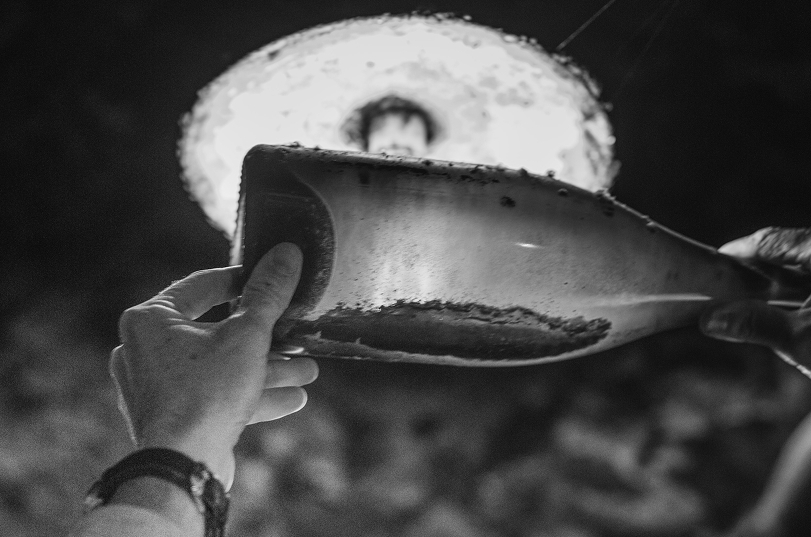
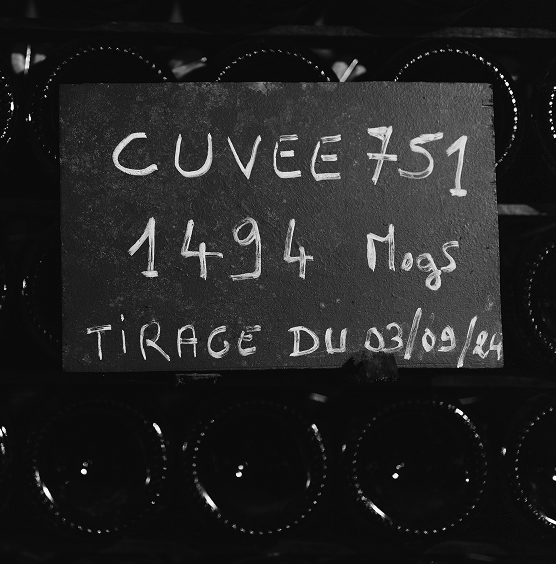
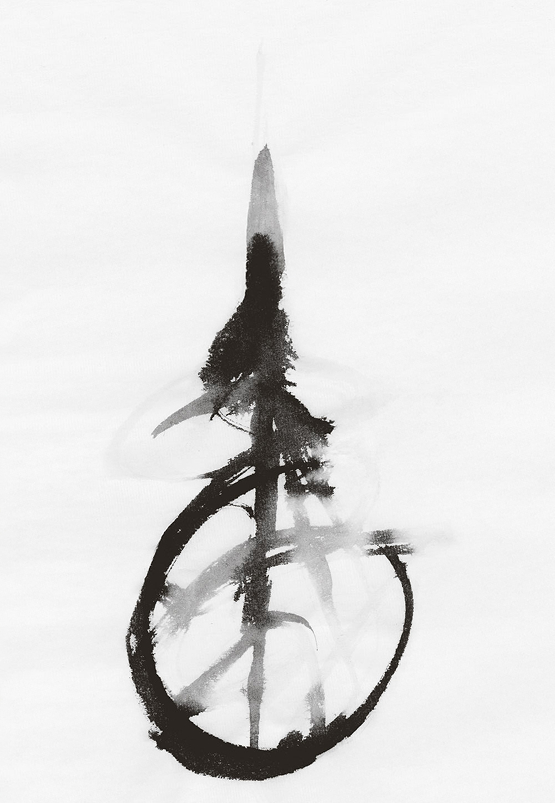
{ Article 18 « Wine is first and foremost the expression of the soil. You don’t need to teach it to speak, you merely need to translate it. » }
Tu trouveras les
racines
au
fond
du
terroir !
Gelées de l’hiver
Doux brasero de l’été
Le fruit
dans le verre
Passé ou à venir,
le champagne
est
de vin
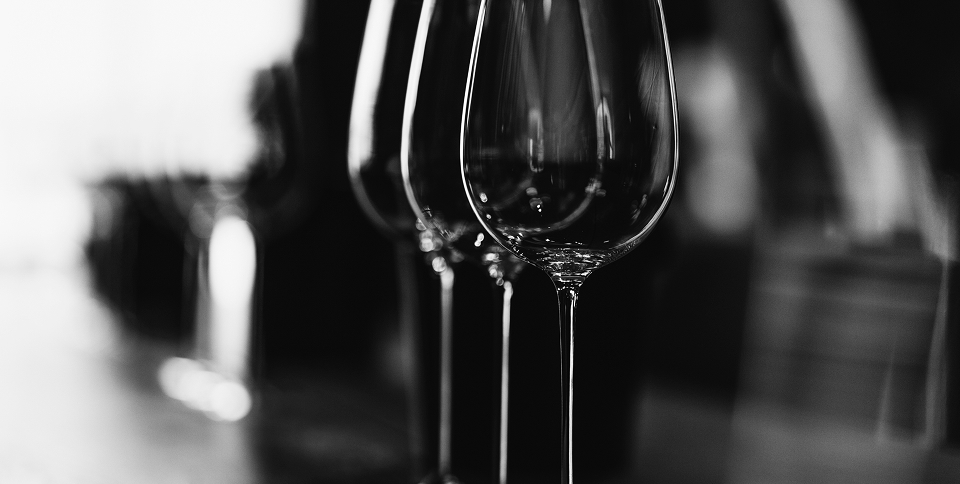
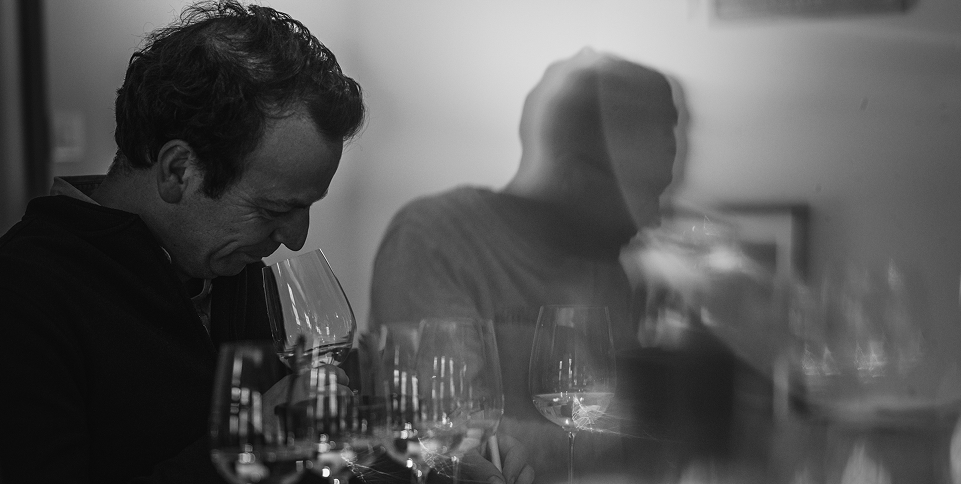
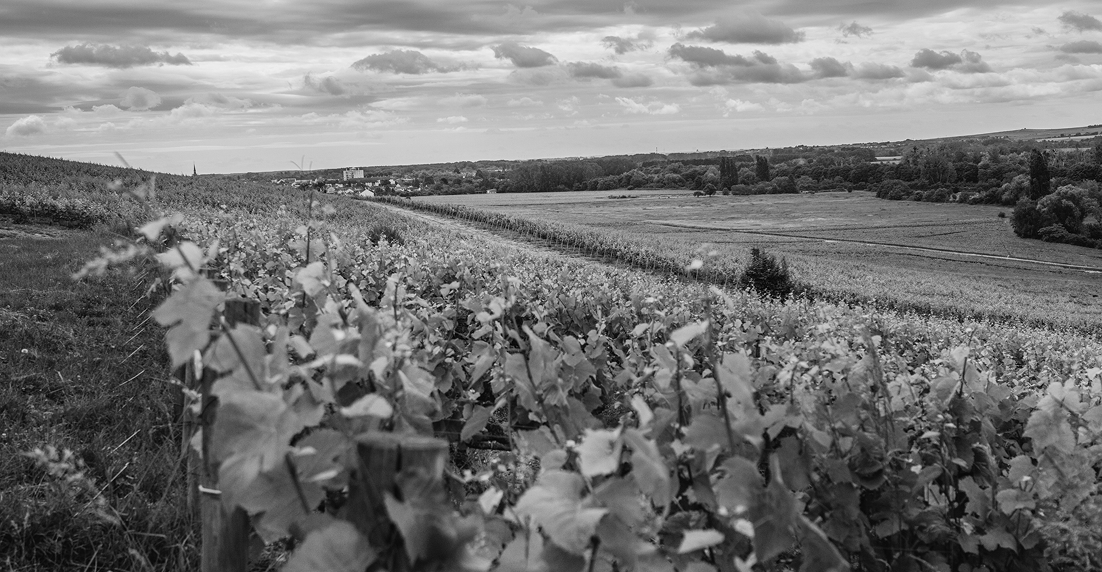
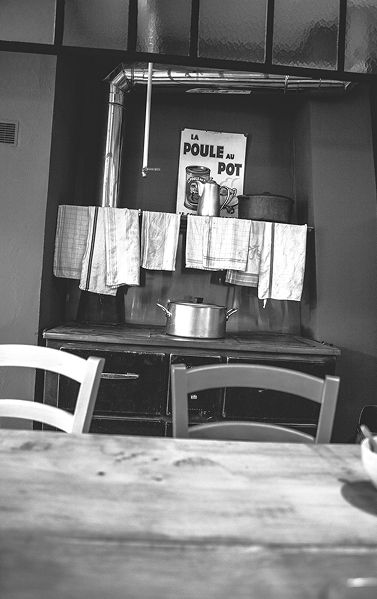
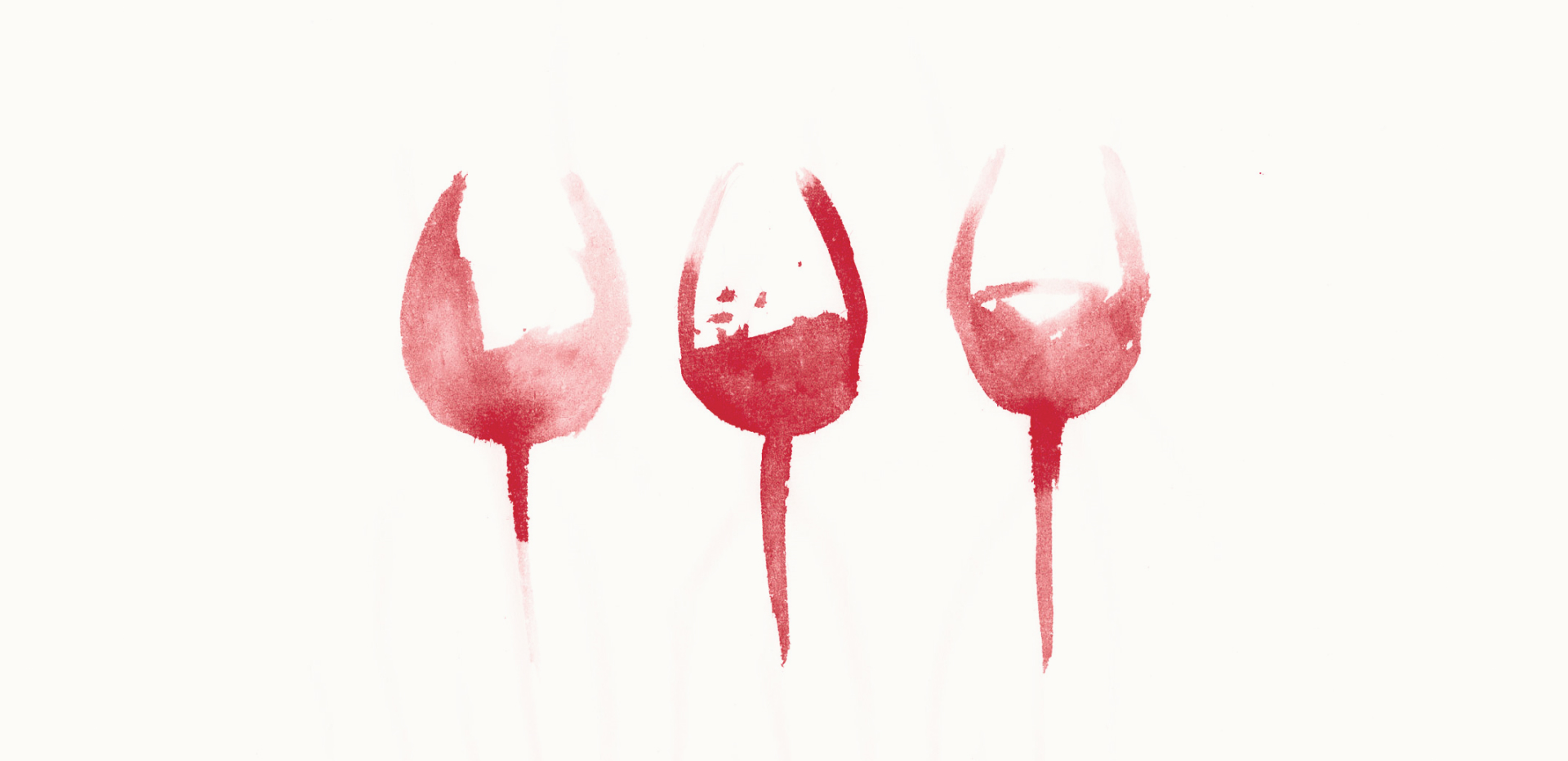
Une
année,
Trois lieux-dits furent vendangés
Donnant,
L’âge venu,
trois belles
cuvées,
Chacune de son terroir
se faisant apôtre,
La fusante minéralité
du premier
Le sublime de la précision
du second,
Du dernier,
Gourmandise et force
Parcelles d’étoiles
Des pentes de Corne Bautray à Dizy
Au bas coteau de Champ Caïn d’Avize,
Argile, craie et vieux chardonnay sont de mise.
A quelques
battements
d’ailes,
à Aÿ
Sur les pentes calcaires de Vauzelle Terme
le pinot noir attend le soleil de pied ferme.
Et quand,
par magie,
le ciel et la terre s’emmêlent,
Certaines années,
la lumière devient
cuvée de parcelle.
{ Article 19 : « Sometimes, go against your own rules. Bottle the wine from a single plot when the quality of a single vineyard deserves it and when the Cuvée 700 can do without its grapes. » }
